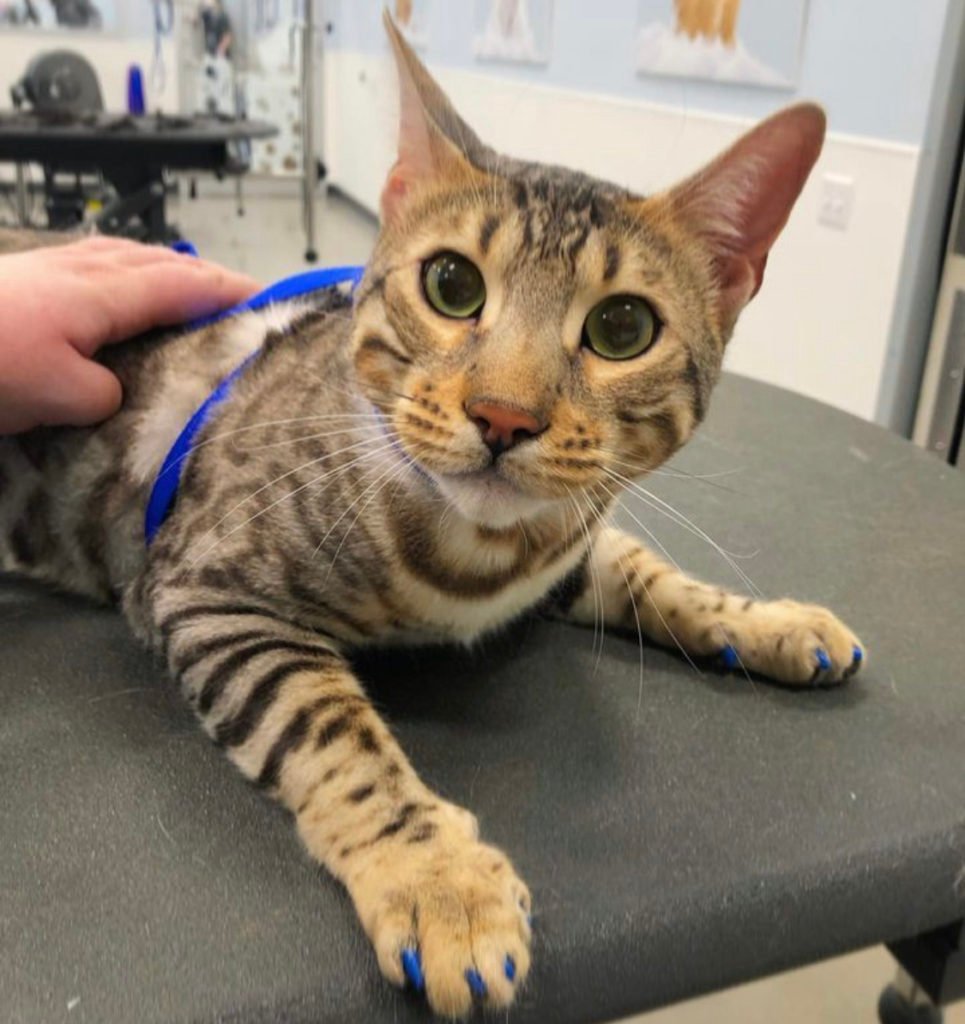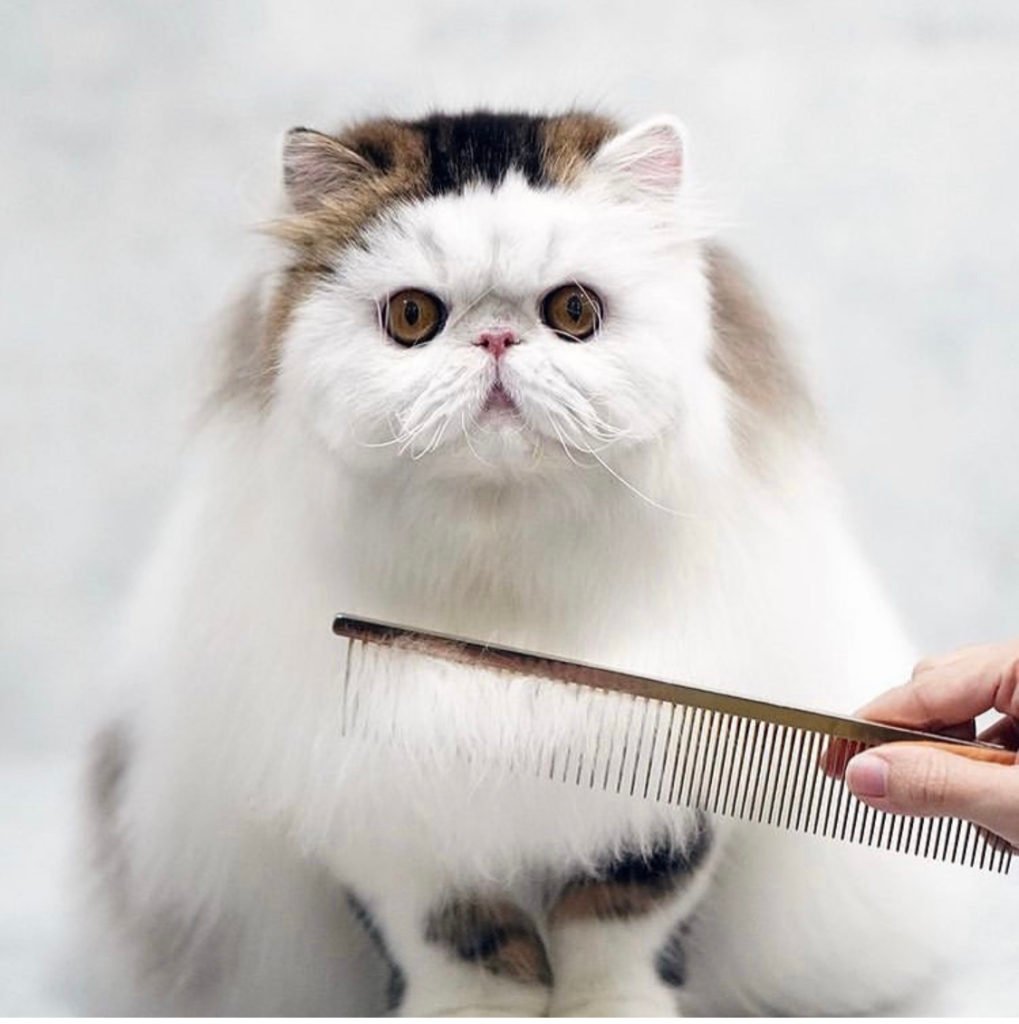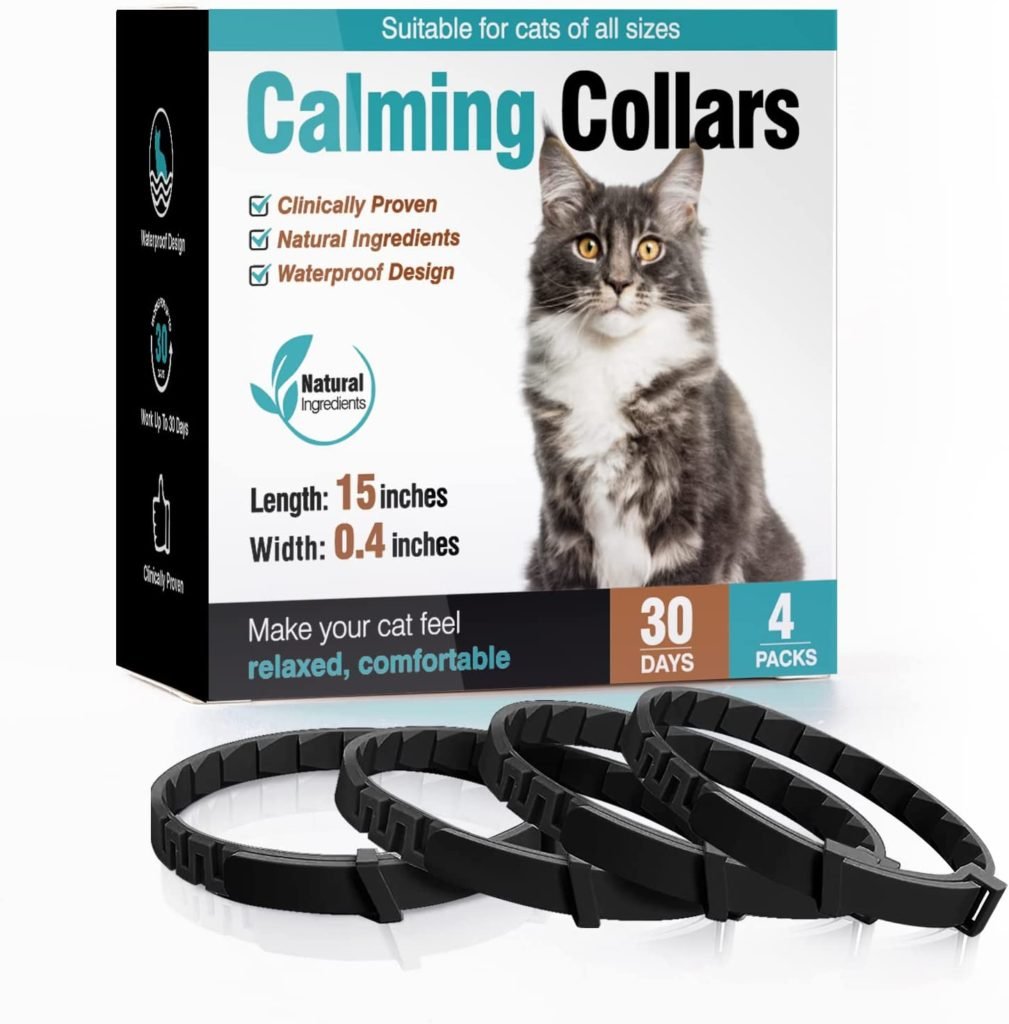How to groom a cat? Learn the best techniques and tips for a positive grooming experience with our expert guide. Regular grooming may maintain their hair sleek and mat-free and their nails and teeth healthy. While some cats are self-sufficient groomers, others may require extra help from their human companions. We’ll discuss cat grooming in this article and provide ideas to make it easier and more fun.
Why Cat Grooming Matters
Cats are known for their impeccable cleanliness, but sometimes they need help keeping their fur tip-top shape. That is where cat grooming comes in. Grooming involves various activities, such as brushing, bathing, and trimming, to keep cats looking and feeling their best. But grooming is only sometimes a walk in the park. Some cats may exhibit aggressive behavior during grooming sessions, making the experience stressful for the cat and its owner. However, creating a positive grooming experience for your feline friend is crucial to maintaining their health and happiness.
Aggressive Behavior During Grooming
Grooming sessions can trigger aggression in some cats, ranging from mild to severe. Cats may hiss, scratch, or bite their owners, making it challenging to groom them effectively. The reasons behind this aggressive behavior can vary. Some cats may have had negative experiences during grooming, while others may be sensitive to touch. Furthermore, cats may be afraid of the grooming tools, such as brushes and clippers, which can be noisy and unfamiliar. Regardless of the cause, it’s essential to approach grooming carefully and patiently to avoid exacerbating your cat’s aggression.
Importance of Positive Grooming Experience
Creating a positive grooming experience for your cat can significantly impact its well-being. Grooming helps remove dead hair and dirt, preventing matting and reducing the risk of skin infections. It can also help distribute natural oils, promoting a healthy coat and skin. Moreover, grooming sessions can be an excellent opportunity for owners to bond with their cats and detect potential health issues early on. By creating a calm and positive environment during grooming, you can ensure that your cat associates the experience with relaxation rather than stress.

Understanding Aggression During Cat Grooming
Cats are generally calm and collected, but some may exhibit aggressive grooming behavior. That can be puzzling and concerning for owners, but it’s essential to understand the underlying reasons behind this behavior to approach grooming with care and patience.
Sensitivity to Touch
Cats are known for their sensitivity to touch, and grooming involves much of it. That can be overwhelming and uncomfortable for some cats, leading to defensive behavior. Understanding your cat’s tolerance for touch and approaching grooming with gentleness and respect for their boundaries is essential.
Prior Negative Experiences
Cats have long memories, and negative experiences during grooming can have a lasting impact on their behavior. If a cat has had a painful or stressful grooming experience, it may associate grooming with fear and discomfort, leading to defensive behavior. It’s crucial to approach grooming gradually and create a positive association with the experience.
Fear of Grooming Tools
Grooming tools, such as brushes and clippers, can be noisy and unfamiliar to cats, leading to fear and defensive behavior. It is essential to introduce these tools gradually and allow your cat to get used to them before using them during grooming sessions.
Approaching Grooming with Care
Aggressive behavior during grooming can be challenging, but it’s vital to approach it carefully and patiently. Understanding your cat’s needs and preferences is crucial, and tailor grooming sessions accordingly. A gradual introduction of grooming tools and positive reinforcement can go a long way in creating a positive grooming experience for your feline friend. Patience and understanding can go a long way in maintaining your cat’s overall health and happiness.
Calm Your Cat During Grooming
Grooming can be a stressful experience for some cats, leading to defensive behavior and making the process difficult for owners. Fortunately, there are various ways to calm your feline friend and create a positive grooming experience.
Natural Remedies
Natural remedies can be an effective way to calm your cat during grooming. Catnip, a herb that produces a euphoric reaction in cats, can help manage nervous felines and make grooming more manageable. Valerian root, another natural herb, can also have a calming effect on cats and promote relaxation. Another option is the calming collars, here some recommendations:
Medication
Sometimes, natural remedies may not calm your cat during grooming. In such instances, medication may be necessary. Prescription sedatives, such as acepromazine or diazepam, can help manage your cat and make grooming more comfortable. However, you must consult your veterinarian before administering any medication to ensure it’s safe for your cat.
Over-the-Counter Calming Products
Over-the-counter calming products, such as pheromone sprays or collars, can help calm your cat during grooming. These products release calming scents or pheromones that can help reduce anxiety and promote relaxation. However, it’s crucial to research these products and consult your veterinarian before using them to ensure they’re safe and effective for your cat.
Creating a Calming Environment
Aside from natural remedies and medication, creating a calming environment can also go a long way in reducing stress during grooming. Play relaxing music, use dim lighting, and ensure the grooming area is quiet and free from distractions. That can help create a relaxed atmosphere that promotes calmness and makes grooming a positive experience for your cat.
Knowing When to Seek Veterinary Help
While grooming your cat at home is a routine task, there are times when it’s crucial to seek veterinary help. These situations often require professional intervention to ensure your cat’s health and safety.
Severe Aggression
Some cats may exhibit severe aggression during grooming, making it challenging for owners to complete the task safely. This behavior can indicate underlying health issues, such as pain or fear, and requires immediate veterinary attention. A veterinarian can assess your cat’s behavior, recommend treatment, and provide guidance on safe grooming practices.
Injuries During Grooming
Accidents can happen during grooming, leading to injuries and trauma to your cat. These injuries may include cuts, scratches, or burns and can be painful and lead to infections. If you notice any damages during grooming, it’s essential to seek veterinary help immediately. A veterinarian can examine your cat and provide appropriate treatment to prevent further complications.
Behavioral Changes
Grooming can be a stressful experience for some cats, leading to behavioral changes such as fear, anxiety, and aggression. These changes may indicate underlying health issues and require veterinary attention. A veterinarian can evaluate your cat’s behavior, recommend treatment, and provide guidance on managing stress during grooming.
You May Also Interest: Is Wet Food Bad For Cats Teeth?: Discover The Truth

Grooming an Aggressive Cat: Tips and Tricks
Grooming an aggressive cat can be daunting, but with the proper preparation and approach, it can be a positive experience for you and your furry friend. Here are some tips and tricks to help you groom your aggressive cat:
Preparation
Before grooming your cat, ensure you have all the necessary tools and supplies, including a comb, brush, nail clippers, and shampoo. Choose a quiet, low-stress area for grooming and avoid any distractions that may cause your cat to become agitated.
Gradual Approach
To help your cat become comfortable with grooming, start with small steps and gradually increase the time you spend grooming. Begin by simply petting your cat and gradually introduce grooming tools, such as a brush or comb, over several sessions. Be patient and allow your cat to become accustomed to each step before moving on to the next.
Use of Positive Reinforcement
Positive reinforcement is a powerful tool when grooming an aggressive cat. Offer treats and praise for good behavior during grooming sessions, such as sitting still or allowing you to brush their fur. This positive association can help reduce your cat’s anxiety and aggression during future grooming sessions.

Tips to Make Grooming a Positive Experience for Your Cat
Grooming your cat is an integral part of their overall health and well-being. However, it can be a stressful experience for both you and your feline friend if not done correctly. Here are some tips to make grooming a positive experience for your cat:
Find a Brush That Kitty Doesn’t Hate
The majority of cats don’t like the same type of brush. Some prefer soft bristles, while others may prefer rubber or metal combs. Experiment with different brushes to find the one your cat is most comfortable with. That will help make grooming a less stressful experience for you and your cat.
Start Small and Master One Step at a Time
Grooming can be overwhelming for some cats, primarily if they are not used to it. Start with short grooming sessions and gradually increase the time as your cat becomes more comfortable. Focus on one area, such as the head or back, and progressively move on to other areas as your cat becomes more relaxed.
Use the Power of Praise and Positive Reinforcement
Positive reinforcement is a great way to make grooming a positive experience for your cat. Offer treats, praise, and cuddles during and after grooming sessions to help your cat associate grooming with positive experiences. That can also help reduce anxiety and aggression during future grooming sessions.

How to Groom a Cat with Matted hair
Matted hair is a common issue for many cats, and it can be painful and uncomfortable if not treated properly. Here are some tips on how to groom a cat with matted hair:
Matted Hair Causes
Various factors, including lack of grooming, obesity, and medical conditions such as skin allergies, can cause matted hair. It’s essential to address the underlying cause of the matting to prevent it from happening again.
Tools Needed
You’ll need a few essential tools to groom a cat with matted hair, including a comb, scissors, and a grooming clipper. Using sharp tools is vital to avoid causing unnecessary pain or discomfort to your cat.
Step-by-Step Process on How to Groom a Cat with Matted hair
1. Start by gently combing through the matted hair, using short strokes to avoid pulling on the fur.
2. If the matting is severe, you may need scissors to cut the matted hair carefully. Be very careful not to cut the cat’s skin.
3. Use a grooming clipper to trim the remaining fur to an even length.
4. After grooming, reward your cat with treats and praise to help make the experience positive.







